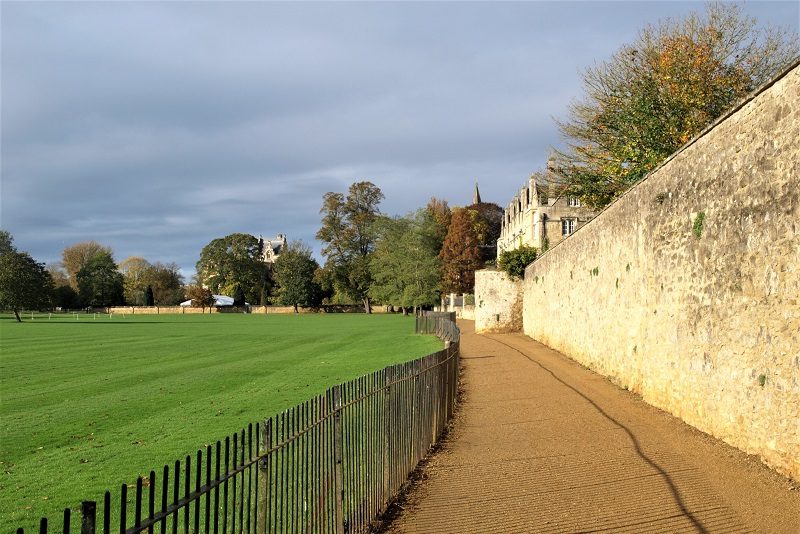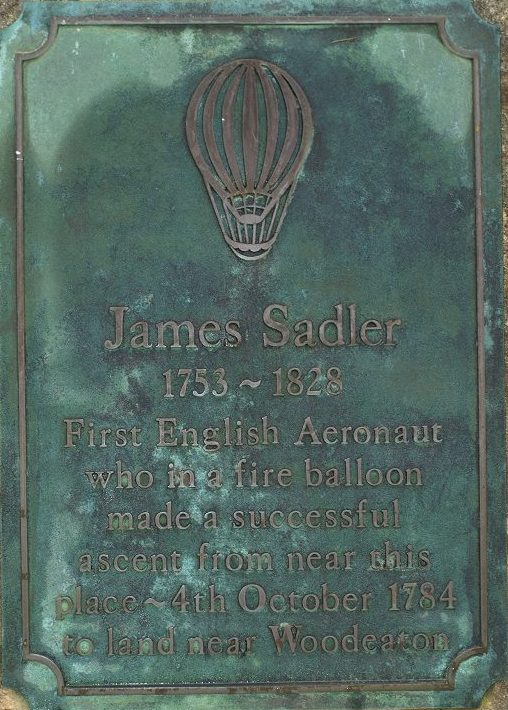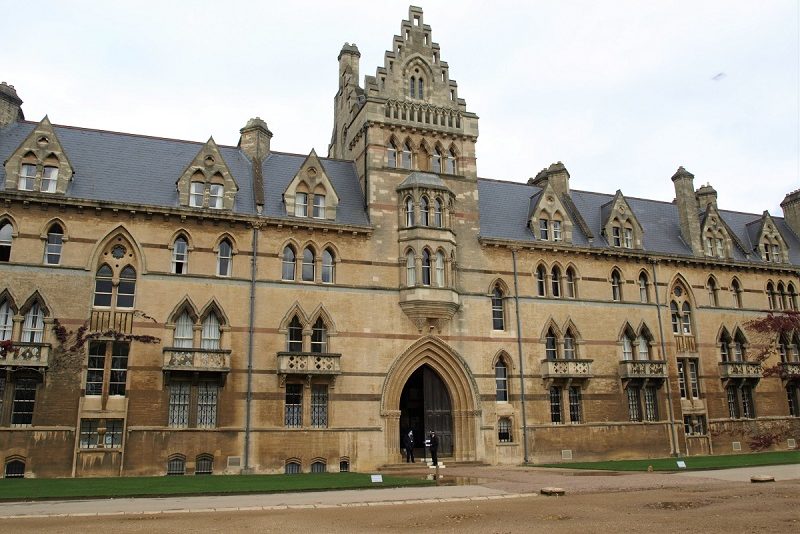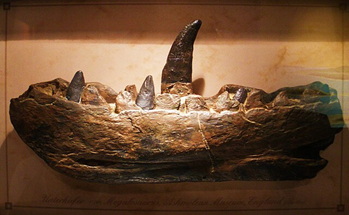An oasis of calm with some surprising stories
One of the things that I love about Oxford is that there are a lot of free things to do. One of my favourite things to do when I want to get out of the hustle and bustle of the city centre is to go for a walk around Christ Church Meadow.
Situated on the south-east side of the city centre, it is open to the public during the daytime and is the perfect spot to go for a wander at any time of year. Christ Church Meadow is the property of Christ Church College which sits along one edge. The circular route around the meadow is about 2 miles long and largely flat. The path takes you past the college and along the rivers Isis and the Cherwell. The Isis has nothing to do with the Egyptian goddess of the same name – it’s the name given to the stretch of the Thames from its source in Gloucestershire all the way down to Dorchester. The name is thought to come from a belief in the medieval period that the old name for the river, the Tamesis, was a mixture of the Thames and Isis.
Speaking of the medieval period, the nunnery of St Frideswide was founded on the site of Christ Church College in the 7th century. The eponymous Frideswide was its creator and the abbess of the nunnery and is the patron saint of the cathedral and the city of Oxford. The nunnery was destroyed in 1002 during the St Brice’s Day Massacre, where Danes sought refuge from those trying to carry out King Aethelraed’s orders of death for all Danes. Excavations in St John’s College in 2008 revealed a mass grave thought to be victims of the massacre. A minster church existed on the site for most of the eleventh century and in 1122, the Priory of St Frideswide was founded.

Photograph of the cricket pitch on the left of Dead Man’s walk. Photo credit: Oliver Parr
In 1318, John Deydras walked across Christ Church Meadow with his pet cat. Nothing unusual in that, except that Deydras later claimed that the cat was in fact, the devil in disguise who led him astray. The result of this temptation? Deydras claimed the throne of England as rightfully his. He started by claiming Beaumont Palace in Oxford as his own, and that the King, Edward II, was actually the son of a carter. Edward II was unpopular at the time and clearly felt this was a threat to his authority. Deydras was arrested and challenged the King to single combat. He was tried for sedition, admitting that he had made up his claim to the throne after being led astray by the devil-in-disguise cat. Deydras and his cat were both hanged and Deydras’ body was also burnt. It was believed that burning a body would prevent resurrection at the Last Judgement, so it was a very serious punishment. In a strange twist, Beaumont Palace, now under modern Beaumont Street, became a friary. The buildings were dismantled during Henry VIII’s church reforms and the stone was used to build St John’s College and Christ Church College.
During the Tudor period, Cardinal Wolsey was the most powerful man in England after Henry VIII. In 1524, he planned to build a College to train young men for roles in the church or to play a role in the affairs of state. At the same time, he was closing monasteries and priories as part of reforms to the church. He used money from the closure of 29 monasteries and priories to fund the College and a school in Ipswich. Wolsey decided that the perfect spot for the College would be on the land of St Frideswide’s Priory on the outskirts of Oxford. It already had buildings and he began building a hall. Unfortunately for Wolsey, he fell out of favour with the King in 1529 and died in 1530. Henry VIII took over the project and refounded it in 1546, creating Christ Church College.
Just under a hundred years later, during the English Civil War, Oxford became the home of King Charles I. The royal parliament moved into the hall of Christ Church College in January 1644 and the city became the headquarters of the Royalist forces. The King stayed in Christ Church College, and the Queen stayed in nearby Merton College. The city was besieged three times and during the third siege, there was minor damage from cannon fire to Christ Church College and meadow. The formal surrender of the city was signed in the Audit House of Christ Church College in June 1646.

Plaque marking James Sadler’s first flight. Photo credit: Oliver Parr
Moving onto the late eighteenth century, there was a pastry chef called James Sadler living in Oxford. His claim to fame is being the first English person to fly a hot air balloon. On 4th October 1784, Sadler’s balloon rose into the air from Christ Church Meadow. Sadler reached the heady (and chilly!) heights of around 3600 feet. He drifted the 6 miles or so to Woodeaton before landing safely. The following year, he made three more ascents by balloon. There’s a plaque on the wall of Merton College to commemorate Sadler’s first flight.
The peace and quiet of Christ Church Meadow was threatened in the 1960s. A public inquiry into traffic problems in the city in 1960 found that a road across Christ Church Meadow was “inescapable”. In 1963, Sir Geoffrey Jellicoe presented his plan for the scheme. Plans for this type of road project, with varying degrees of success, were common in the 1960s and 70s; Durham’s inner ring road was built in 1964 and York’s inner ring road was blocked in 1971, but not before demolition had started in some areas of the city. Thankfully for the city of Oxford and the environment, the road scheme was subject to a public enquiry in 1965, postponed and then abandoned altogether. The debate did play an important part in the creation of the UK’s first Park and Ride scheme in Oxford in 1973.
There’s something to see in all seasons in the meadow. In the summer, it’s a perfect spot for a picnic. Longhorn cattle graze the meadow grasses, so keeping dogs on a lead is advisable. You might also want to nip into the nearby Botanic Garden for a visit, currently £5.45 for an adult day ticket. If you come in from the High Street end, you’ll pass it on your way to the meadow. Later in the year, there are the autumnal colours of the trees to enjoy. In winter, frost patterns cover the ground and leaves of any foliage hardy enough to survive. The bare trees are silhouetted against the sky and you can often see mistletoe in their branches. Come springtime, the promise of new life is in the air as the plants begin to grow again.
At any time of the year, Christ Church Meadow is a lovely place to escape the busyness of everyday life.
Written by volunteer Charlie Dean.
Want to write your own Oxford-inspired post? Sign up as a volunteer blogger.



